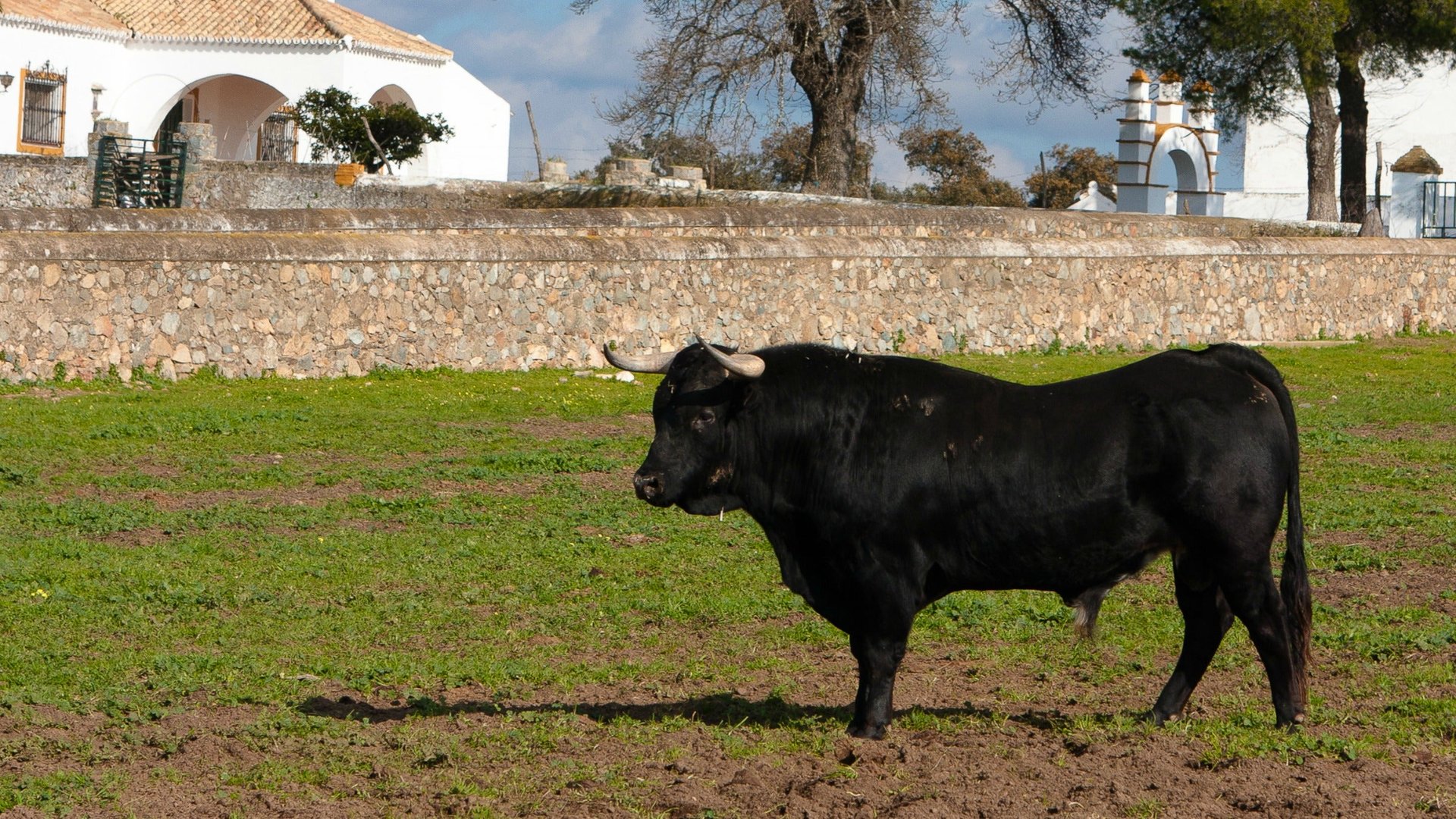Spanish bulls are ending up on dinner plates instead of bullrings
In April, some 30 establishments in the Southern Spanish city of Seville featured bull on their menus as part of a first-time gastronomic celebration of the iconic horned bovine. It is not unheard of for the tails of bulls killed in bullfights to be served stewed in local bars, but the meat is now appearing somewhat more frequently. And it is coming from animals that have gone straight from the ranch to the slaughterhouse, without ever having set hoof in a bullring.


In April, some 30 establishments in the Southern Spanish city of Seville featured bull on their menus as part of a first-time gastronomic celebration of the iconic horned bovine. It is not unheard of for the tails of bulls killed in bullfights to be served stewed in local bars, but the meat is now appearing somewhat more frequently. And it is coming from animals that have gone straight from the ranch to the slaughterhouse, without ever having set hoof in a bullring.
The problem is that the country’s 1,391 breeders of toros de lidia have seen the demand from their buying market drop by 70% since 2007, as a result of a drastic reduction in bullfights. Bulls selected for corridas must, by law, be no older than six. Since breeders plan production five years in advance, many of them are now stuck with excess mature bulls that they can’t sell for the spectacle. Their only other options are to try to sell them for the dinner plate, or to kill them. Either way, they are incurring huge losses.
Bullfighting bulls are no ordinary animals. They are believed to be the descendants of the last oxen to have roamed wild in the Iberian Peninsula and they have been bred selectively since the 18th century for genetic diversity. But also, to bring out specific traits matching current trends in fans’ tastes. Carlos Nuñez, the president of Unión de Criadores de Toros de Lidia, the largest industry association, says today’s bulls should be “noble, fierce, they should charge with emotion and follow the movements of the cape promptly, with rhythm.” To ensure that they do just that and that they are at the top of their game when they enter a plaza de toros, bulls are afforded a comfortable existence, left to wander semi-free in large enclosed pastures, with little to no contact with humans.
For all of those reasons, they are expensive to raise—between €4,000 ($5,356) to €5,000 ($6,695) each. A severe drought last year meant their diet had to be supplemented with purchased feed or forage and costs rose by 38%. Sancho Dávila, whose family has been operating a ranch since 1893, told the newspaper Ideal that it “is the worst moment in history for breeders.” Right now, when bullfight promoters buy bulls, they pay on average as little as half of what the animals were worth a few years ago. And when the bulls are destined for food production, their price can drop to €500 ($669). Carlos Nuñez believes breeders need to find ways to manage their businesses more efficiently to counter the pressures they face. Although the challenges are considerable, he rejects the notion that their situation is dire. “Throughout the history of bullfighting, we’ve had to face wars, recessions and even prohibitions,” he says. “I hope and I believe we can emerge stronger. We just have to adapt to the current socio-economic reality.”